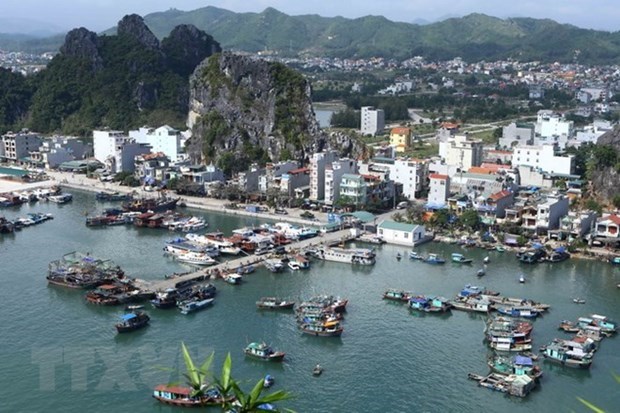 Economy
Economy

During the meeting, experts discussed the province’s socio-economic development in the last six months of this year.

|
| Vân Đồn District in Quảng Ninh Province. The northern province will speed up the progress of different projects to promote socio-economy. — VNA/VNS Photo |
QUẢNG NINH — Quảng Ninh Province plans to speed up the progress of important projects in the final months of this year, according to the provincial People's Council at a recent meeting.
During the meeting, experts discussed the province’s socio-economic development in the last six months of this year.
In the period, the province will aim for total State budget revenue of about VNĐ48 trillion (US$2.1 billion), up by 3 per cent compared with the same period last year. Targeted domestic revenue is VNĐ37 trillion ($1.6 billion) while the international revenue goal is VNĐ11 trillion (about $475 million).
To reach the target, the province will speed up the progress of important projects including the Vân Đồn-Tiên Yên and Tiên Yên-Móng Cái highways, the Hạ Long-Cẩm Phả coastal road, and the Cửa Lục 1, Cửa Lục 3 and Triều bridges.
The province committed to create the best conditions for investors to conduct the projects.
The province will also encourage private economic zones to develop.
Experts at the meeting said the province would prepare infrastructure and human resources to attract international investment and hold investment promotion conferences to invite international investors to Việt Nam.
The province will have different measures to promote tourism with the motto of 'Quảng Ninh tourism - safe, friendly and attractive destination'. In the short term, the province will focus on domestic tourists and improve infrastructure to bring high-quality services.
It will also improve production capacity, especially coal, electricity, textiles and manufacturing industries.
In the meeting, the council approved 20 resolutions related to investment, budget, accommodation development programmes and agricultural promotion. — VNS




